
Argentina Animals
Follow the Trail of Wild Nature – Nature Tourism in Argentina
Argentina, a country of vast and varied landscapes, is a treasure trove of biodiversity that beckons wildlife enthusiasts and casual tourists alike. From the windswept steppes of Patagonia to the subtropical rainforests of the north, Argentina's ecosystems are home to a fascinating array of animals, many of which are unique to the region. The country's commitment to conservation ensures that these species continue to thrive, offering a glimpse into the rich tapestry of South American wildlife.
Embark on an exploration of Argentina's wild inhabitants, where the majestic Andean condor soars high above the mountain peaks, its impressive wingspan a symbol of the wild freedom found here. In the dense green canopies of the Yungas forests, the elusive jaguar prowls, while the Iberá Wetlands teem with life, including the capybara, the world's largest rodent, and the playful neotropical river otter. Argentina's diverse habitats support an incredible variety of life, each perfectly adapted to its unique environment, waiting to be discovered by those eager to experience the natural wonders of this South American gem.
Mammals of Argentina
In the diverse landscapes of Argentina, one can encounter a fascinating array of mammals that captivate the imagination of wildlife enthusiasts. The guanaco, a relative of the camel, roams the Patagonian steppe, while the stealthy puma, also known as the mountain lion, stalks its prey in the Andean foothills. The capybara, the world's largest rodent, can be found lounging along riverbanks, and the playful South American sea lion basks on the rocky coasts. In the dense forests of the northeast, the elusive jaguar, the continent's top predator, prowls under the canopy. These species, among others, form a rich tapestry of mammalian life that thrives in Argentina's wild spaces.
Birds of Argentina
Argentina, a birdwatcher's paradise, is home to an impressive array of avian species, including the iconic Andean condor, with its vast wingspan soaring over the Andes mountains. In the wetlands of Iberá and the Paraná Delta, one can spot the vibrant plumage of the roseate spoonbill and the Jabiru, the tallest flying bird in South and Central America. The Patagonian steppe offers sightings of the Lesser Rhea, a relative of the ostrich, while the Hornero, Argentina's national bird, is known for its unique oven-like mud nests and can be found across the country. Bird enthusiasts may also encounter the colorful Blue-and-yellow Tanager in the northern subtropical forests, adding a splash of color to the rich biodiversity of Argentina's avian life.
Reptiles, Amphibians
Top Spots for Wildlife Observation in Argentina
- Iberá National Park, situated in the province of Corrientes, is a vast wetland that offers a sanctuary for a diverse array of wildlife. Visitors can spot the capybara, the world's largest rodent, and the marsh deer wading through the waterways. The park is also a haven for over 350 bird species, including the rare and vibrant-colored jabiru, South America's tallest flying bird.
- Los Glaciares National Park in the Santa Cruz province is a realm of ice and rock, where the elusive Andean cat roams the rocky terrain. The park is also home to the majestic Andean condor, soaring above the Patagonian steppe, and the huemul, a type of deer that is a national symbol of Argentina and Chile.
- Península Valdés, a UNESCO World Heritage Site in Chubut province, is a coastal park renowned for its marine wildlife. Southern right whales can be seen breaching the surface of the water between June and December. The shores are also frequented by elephant seals, sea lions, and the peculiar-looking orcas, which are known for their unique hunting technique of beaching themselves to catch sea lions and elephant seal pups.
- Tierra del Fuego National Park, located at the southern tip of Argentina, is a land of forests, mountains, and glaciers. Here, the South American gray fox can be seen darting through the lenga forests, while the Magellanic woodpecker taps away at the trees. The park's coastal areas provide habitat for the Kelp Goose and the Flightless Steamer Duck.
- El Impenetrable National Park in Chaco province is a relatively new park that protects one of the last strongholds of the Chaco dry forest. It is home to the jaguar, the top predator of the region, and the Chacoan peccary, a species once thought to be extinct. Bird enthusiasts can also look out for the black-bodied woodpecker and the quebracho crested-tinamou.
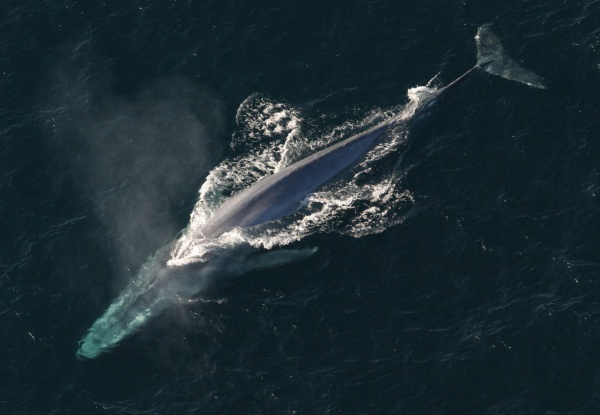
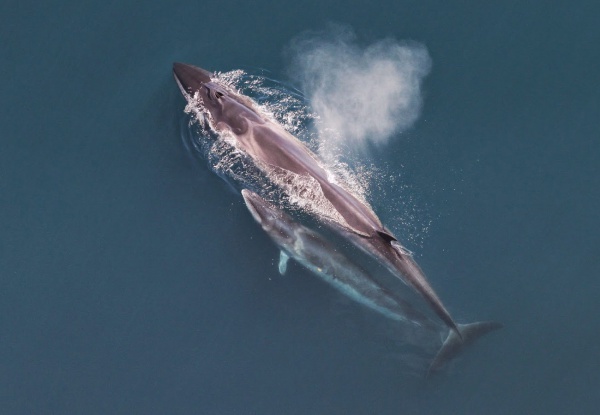
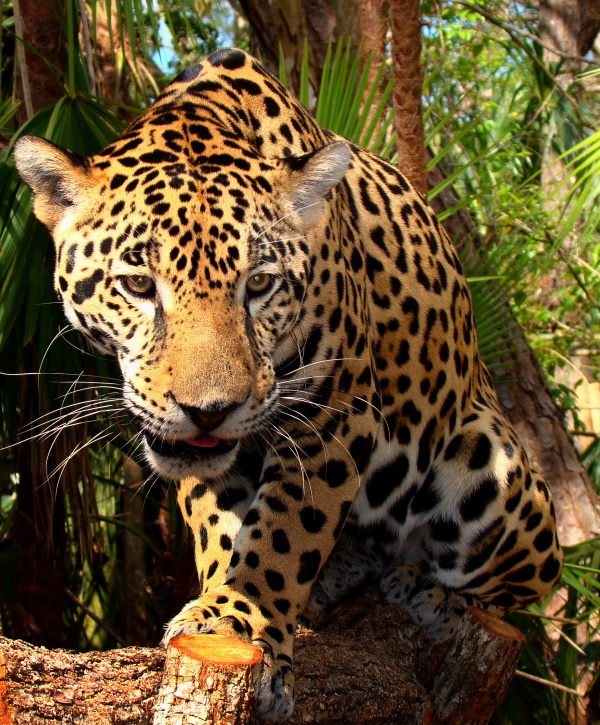
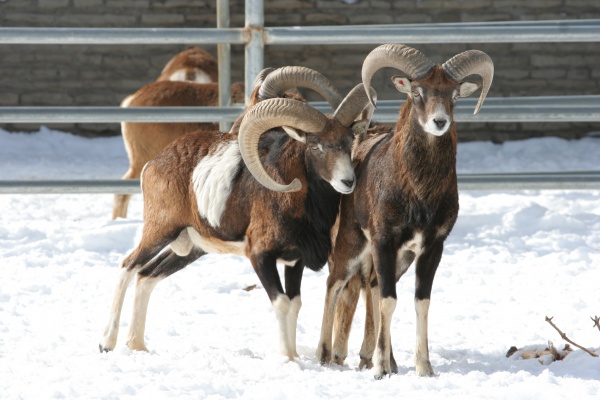
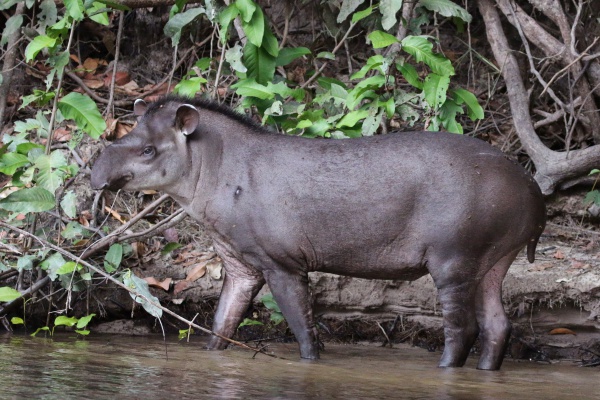
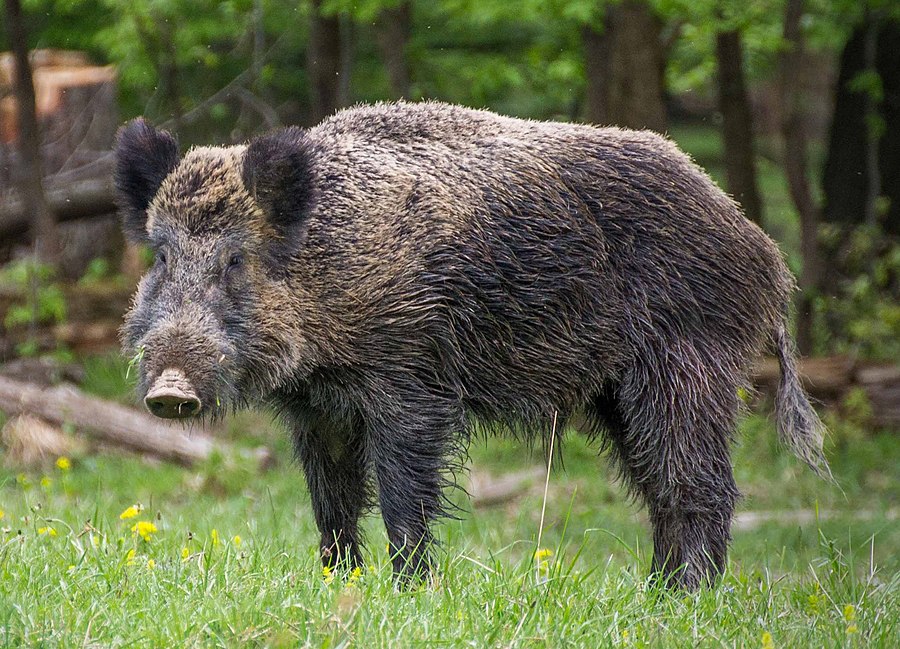
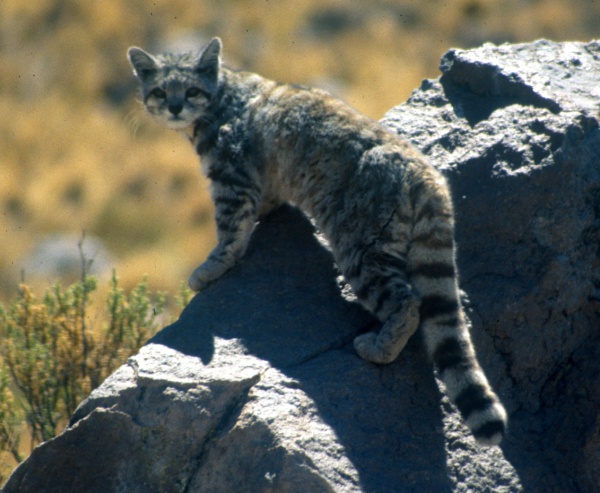
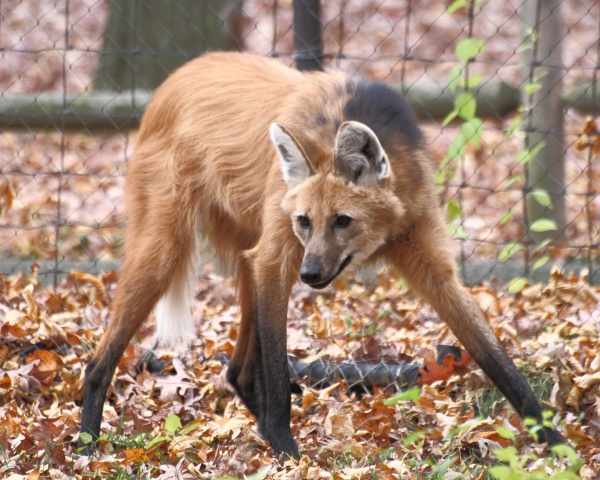
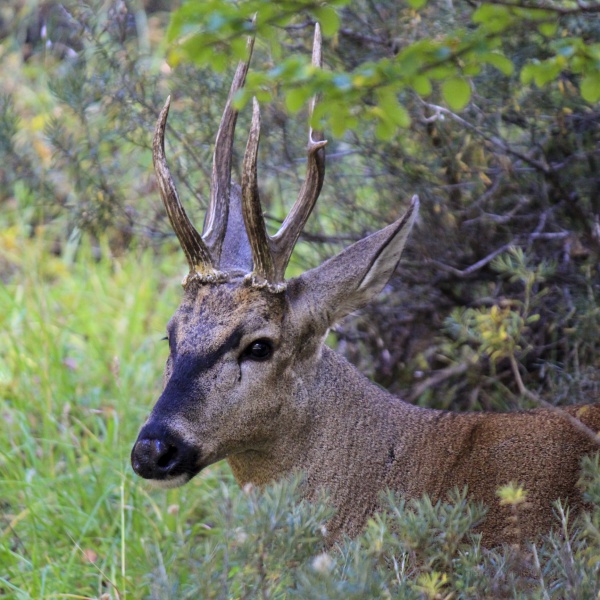
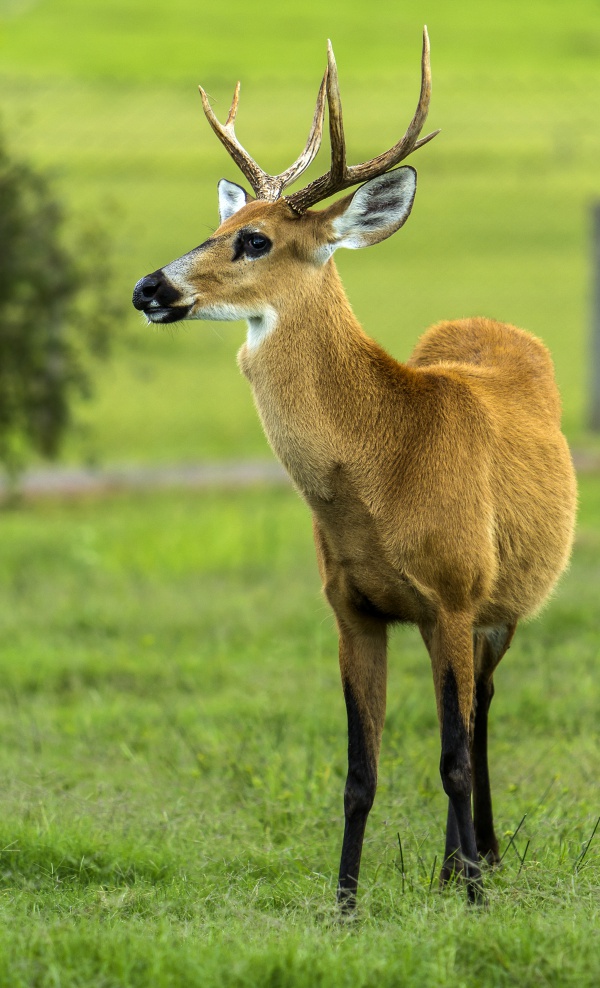
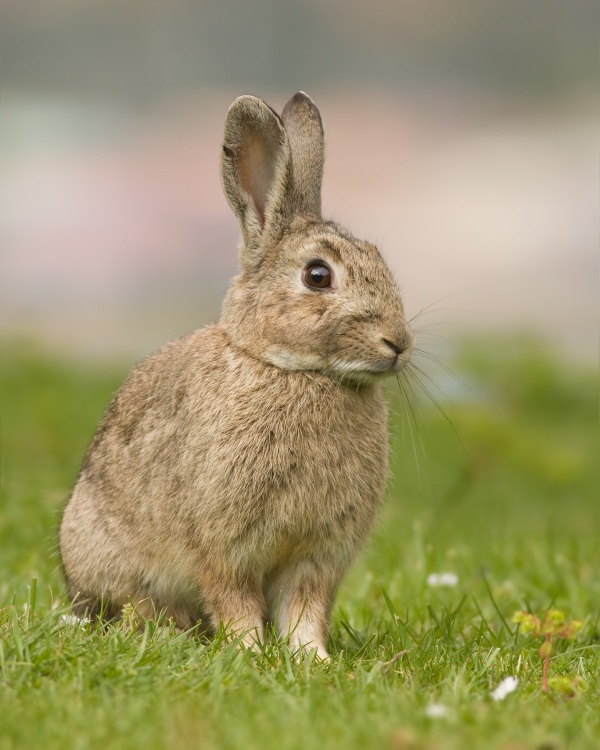
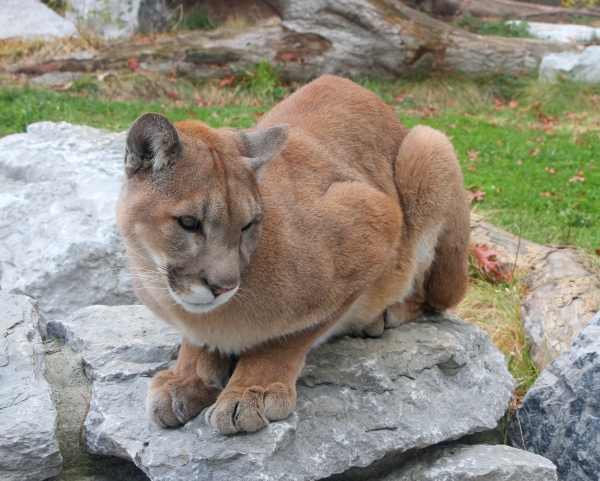
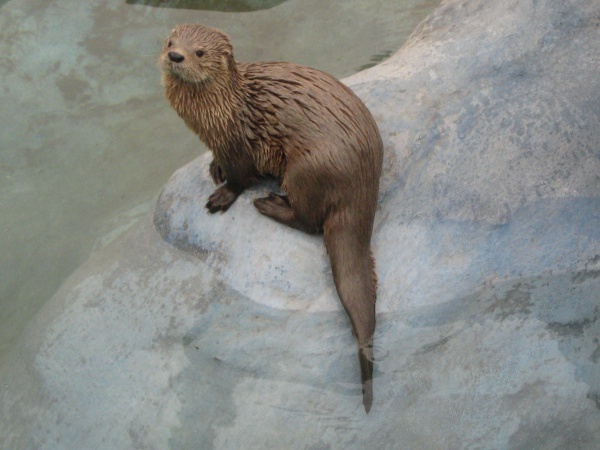
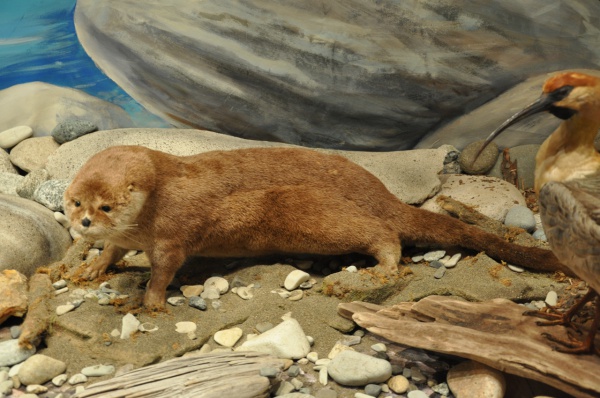
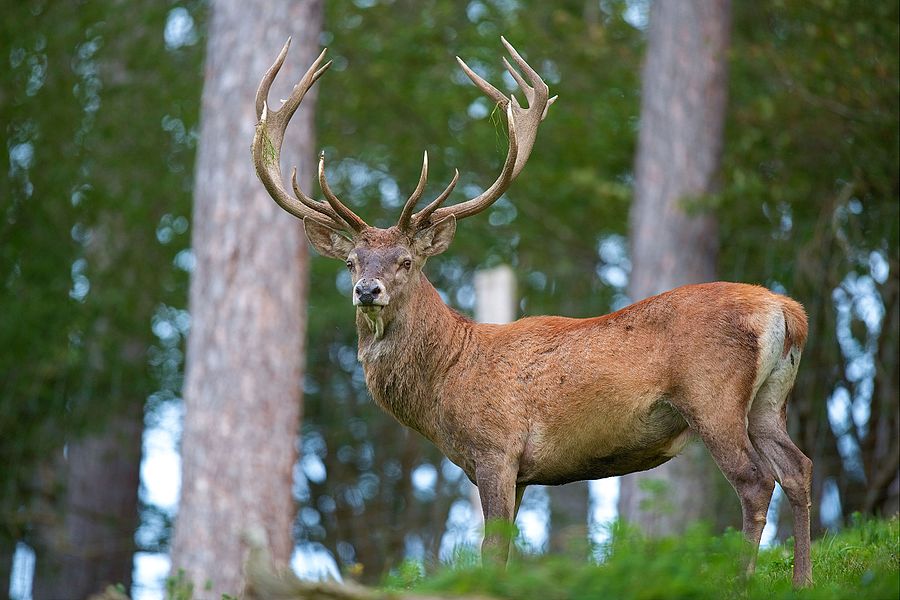
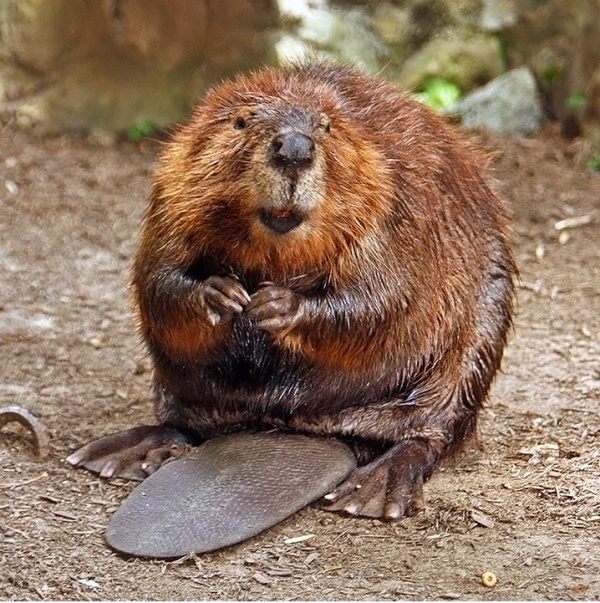
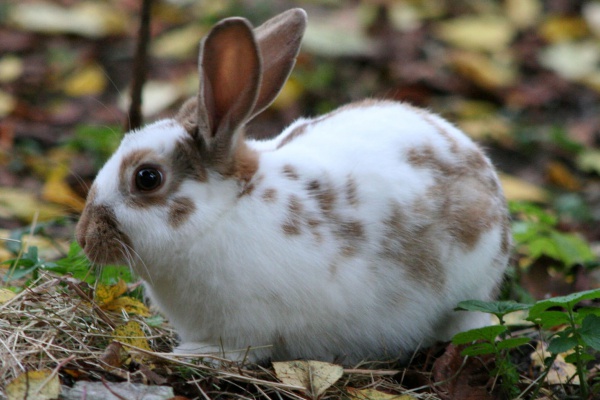
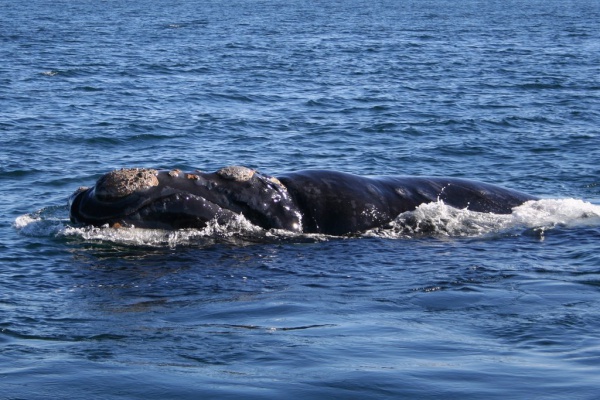
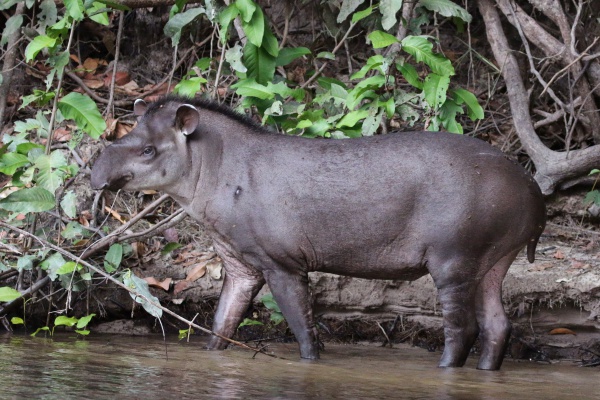
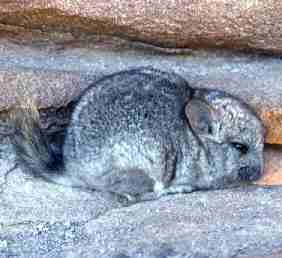
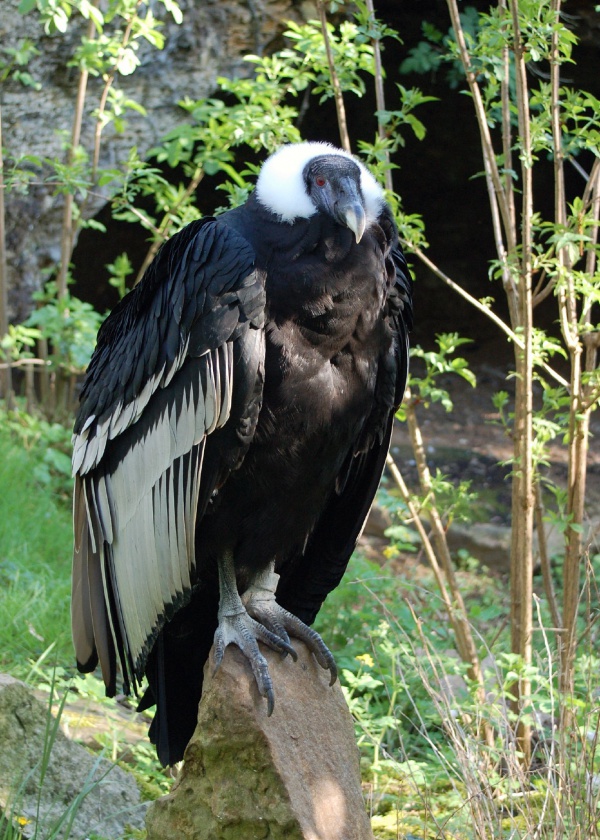
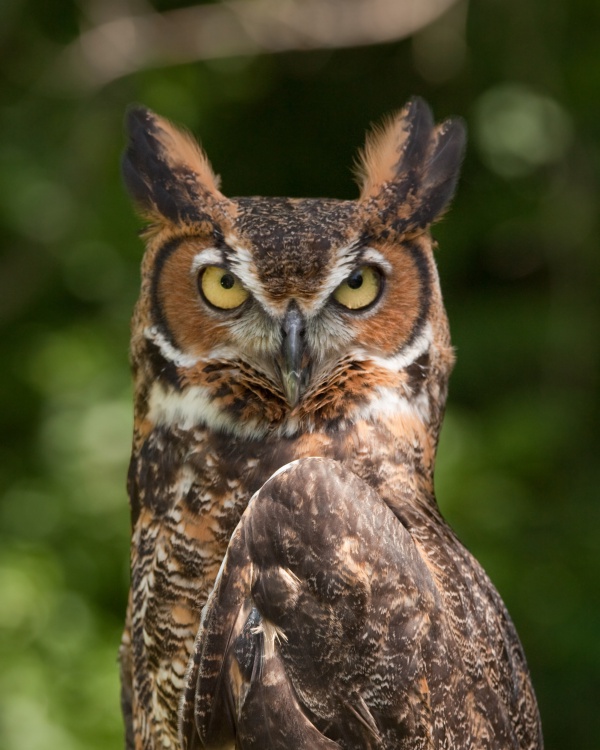
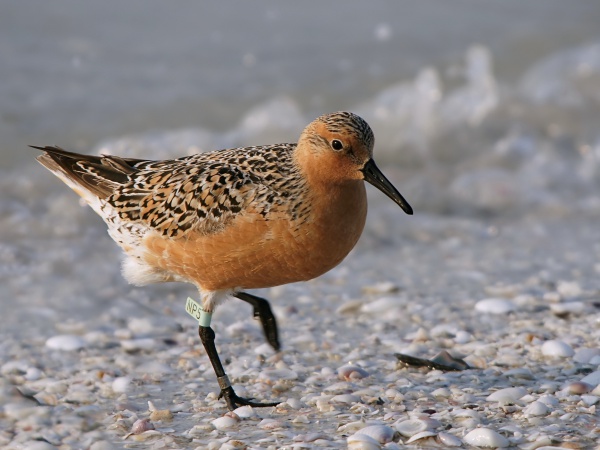
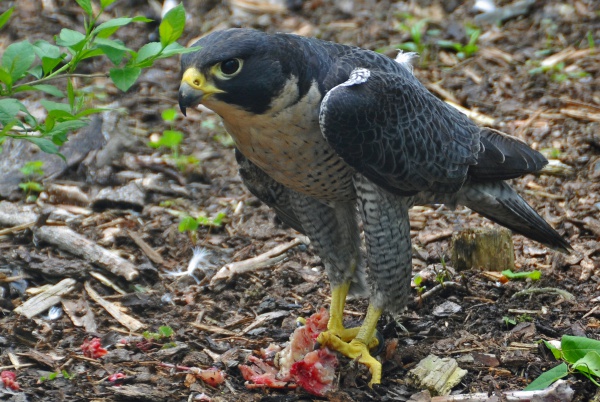
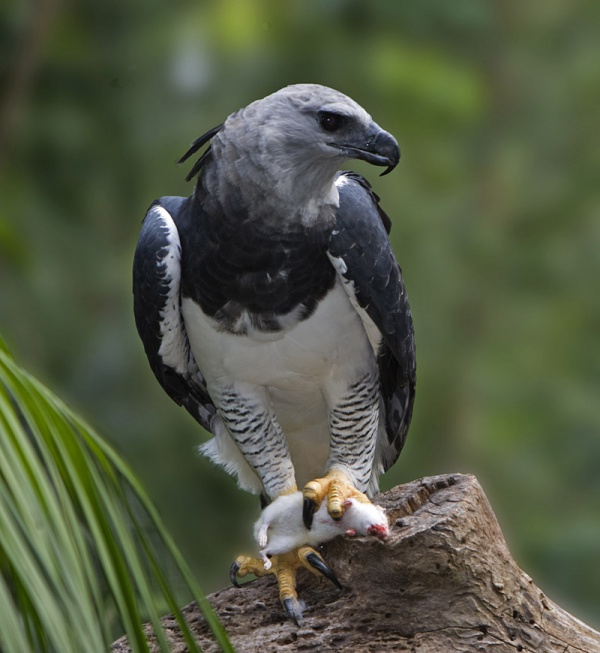
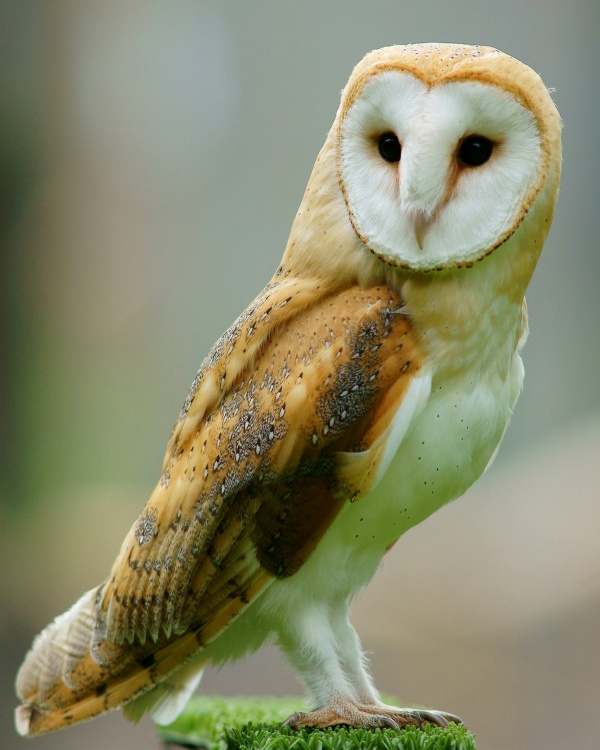
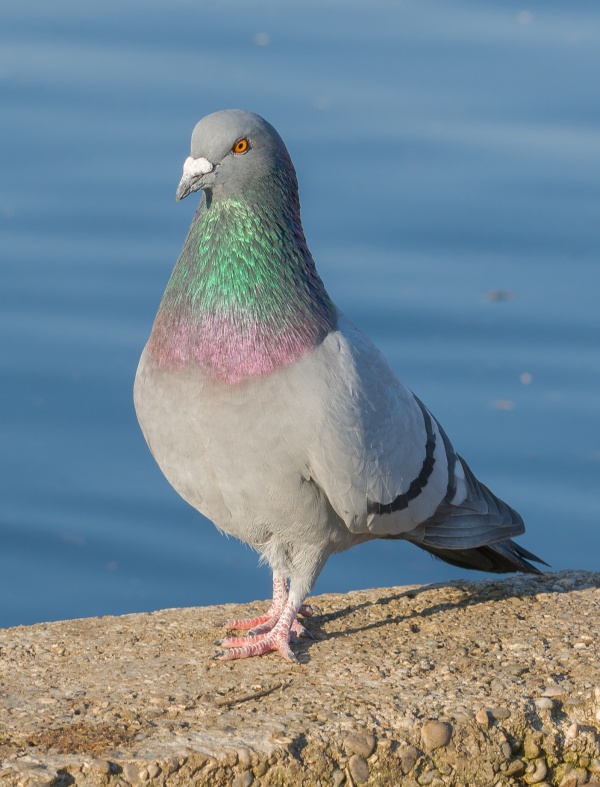
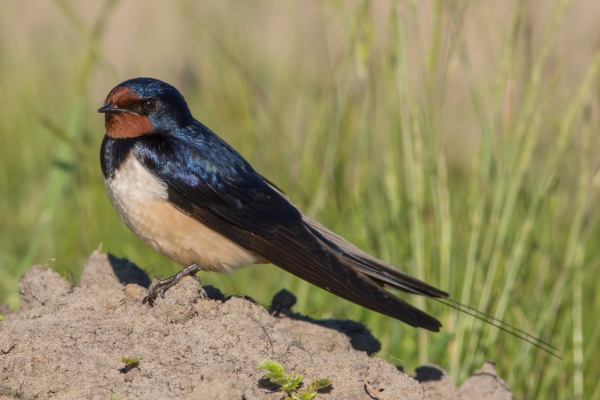
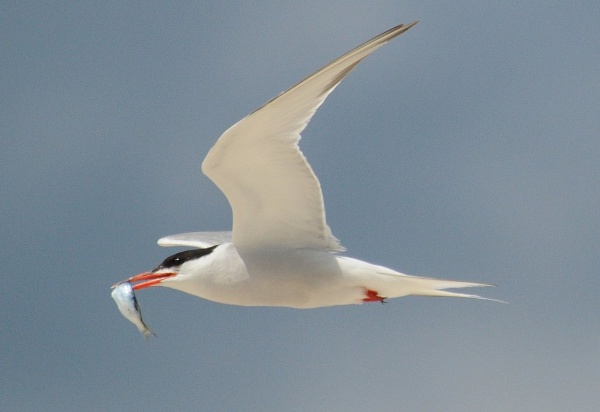
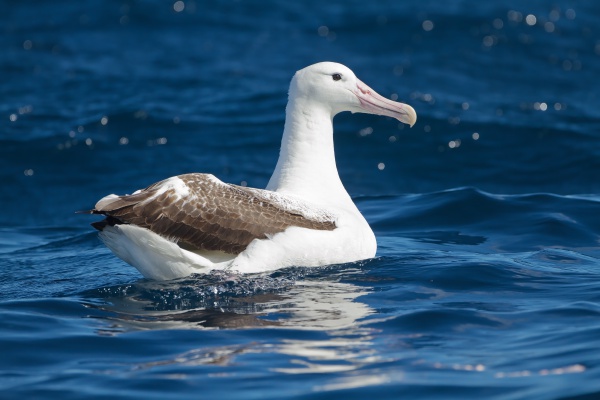
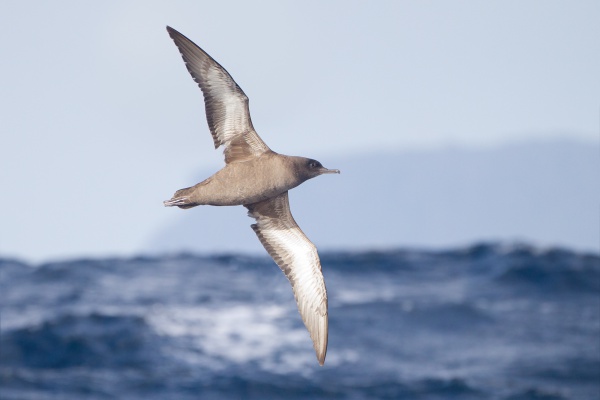
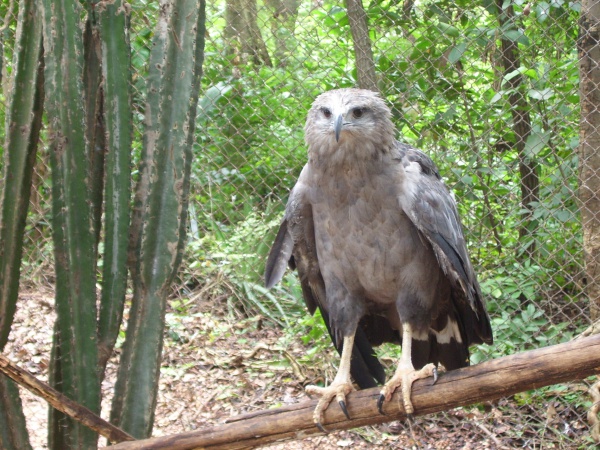
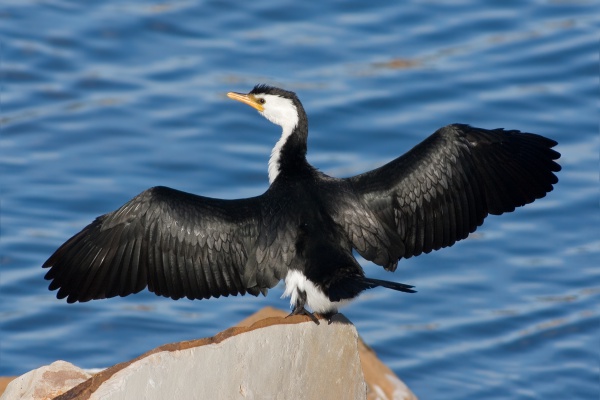
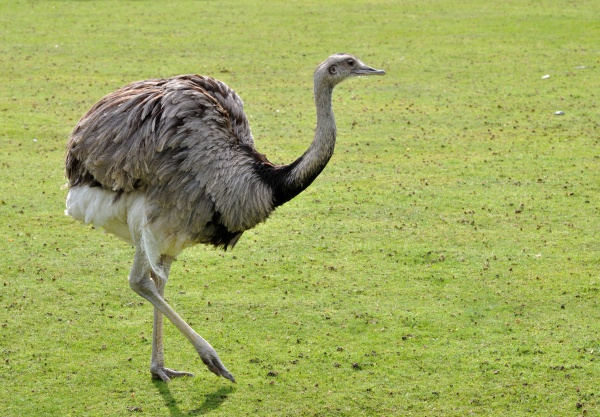
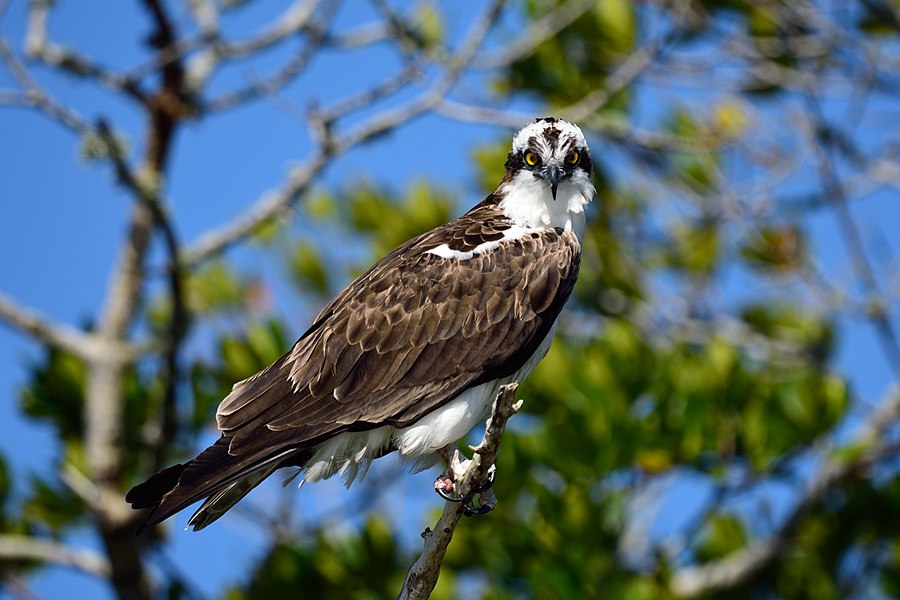
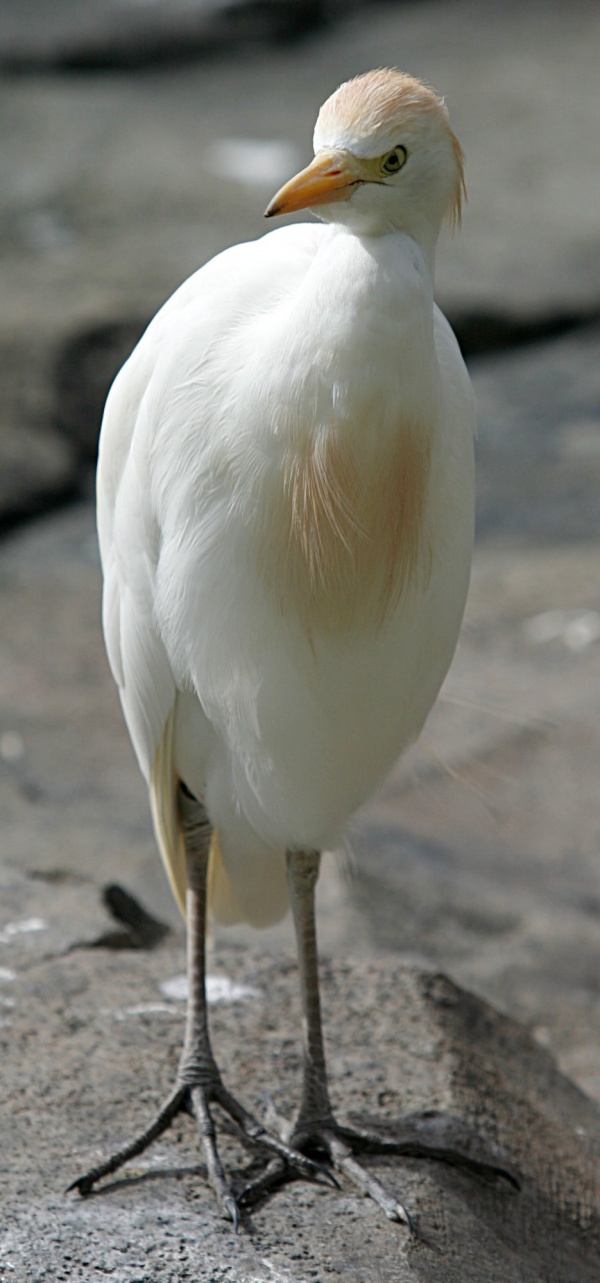
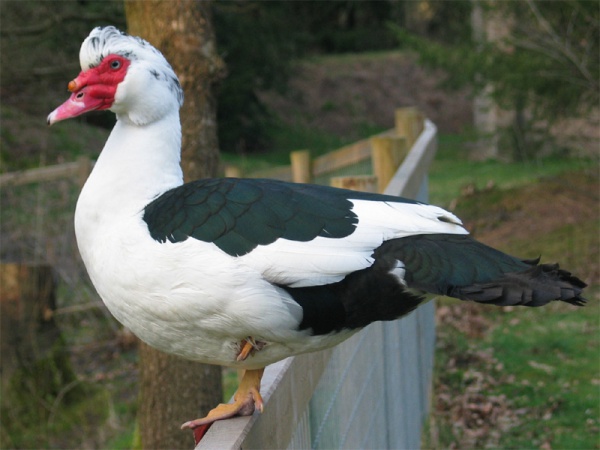
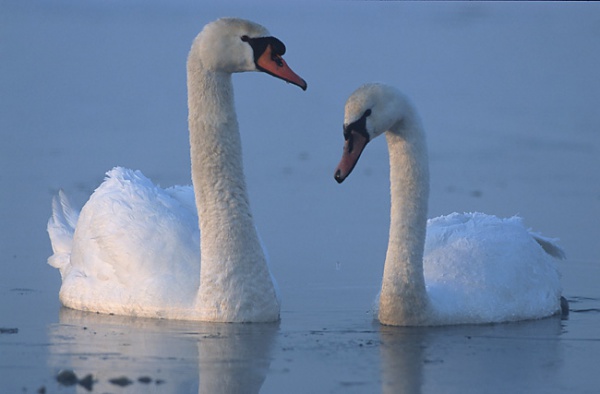
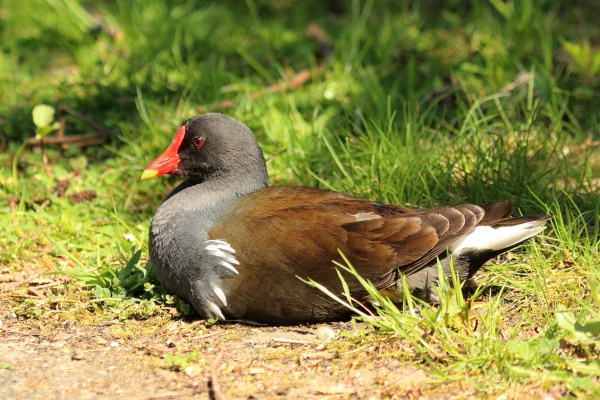
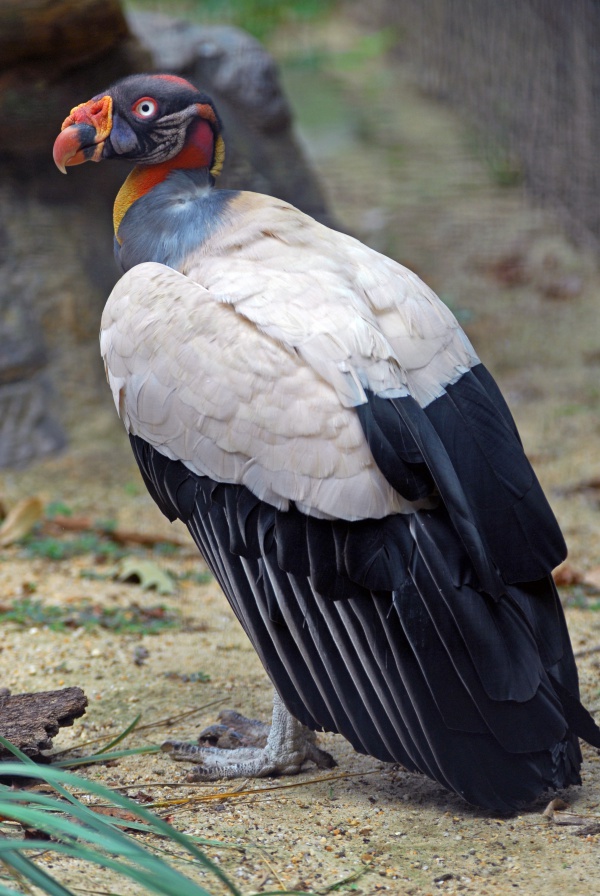
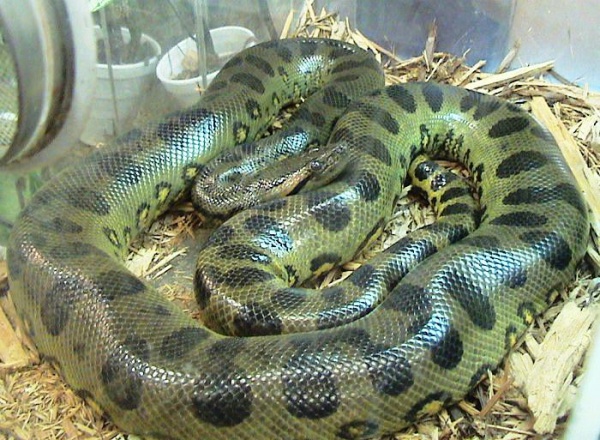
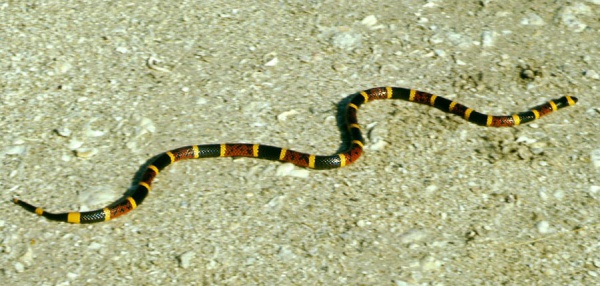
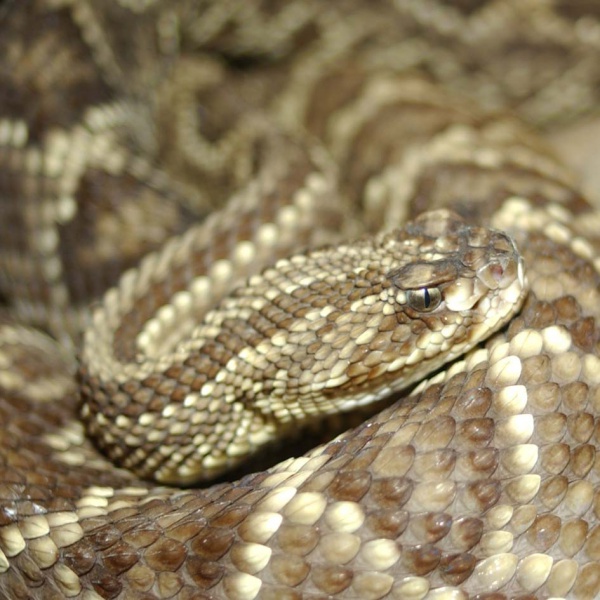
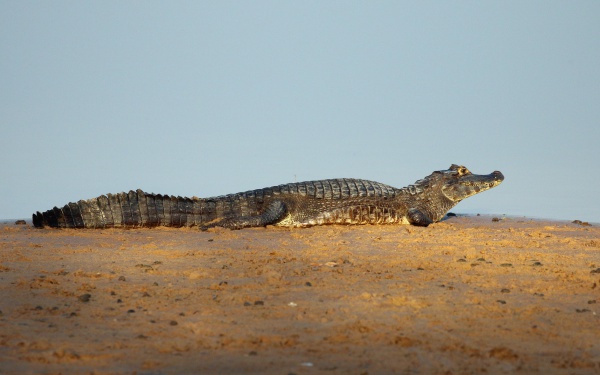
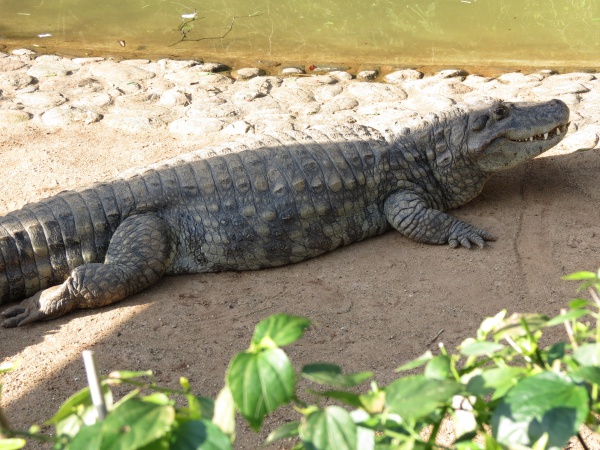
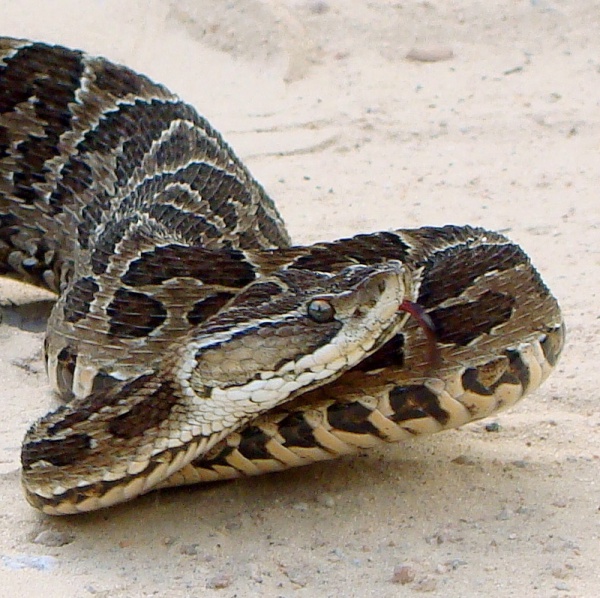
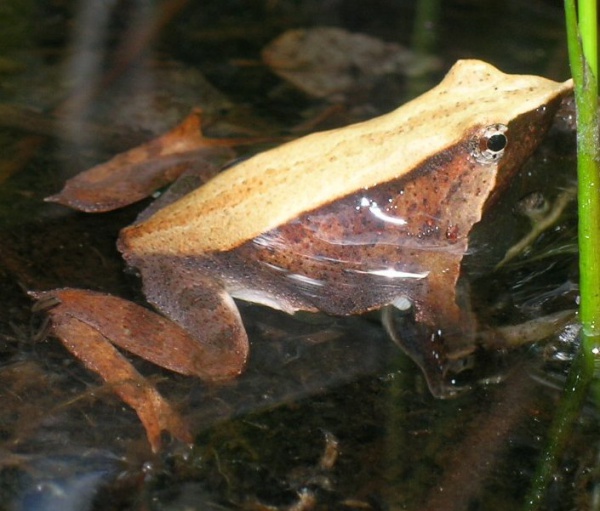
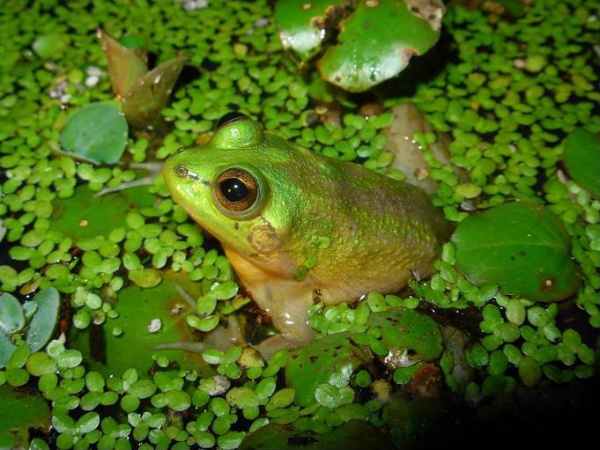
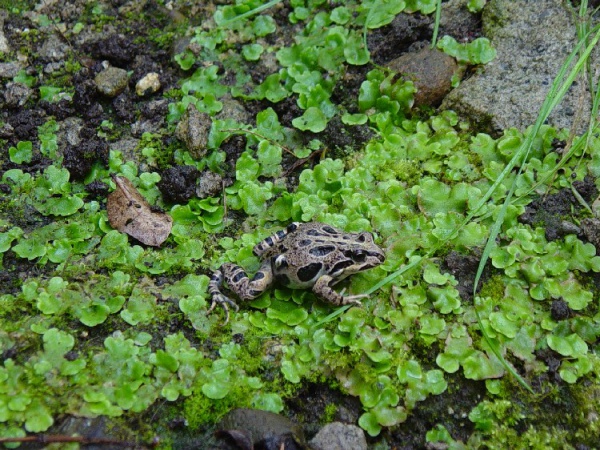
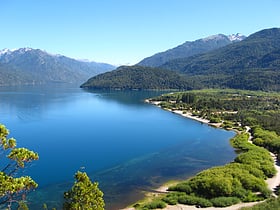

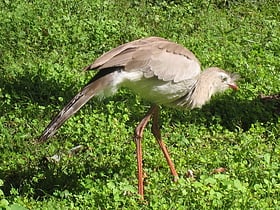
 Bolivia
Bolivia